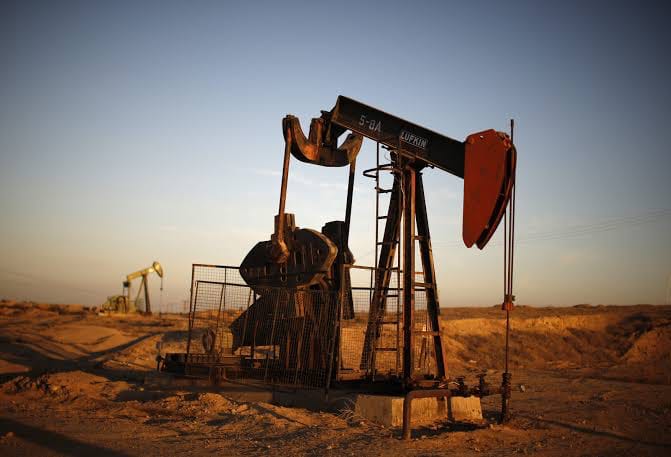Oil prices jumped 1% on Tuesday, starting the New Year higher as a Red Sea naval clash focused attention on potential Middle East supply disruptions and expectations of Chinese economic stimulus boosted the demand outlook in the world’s top crude importer.
Red Sea Skirmish Sparks Fears of Regional Conflict
The risks of the Israel-Gaza conflict morphing into a wider regional war rose over the weekend after U.S. helicopters repelled an attack on Sunday by Iran-backed Houthi militants on a Maersk container vessel in the Red Sea, sinking three Houthi ships and killing 10 militants, according to accounts by American, Maersk, and Houthi officials.
Iran also supports Hamas, the ruling faction in Gaza fighting Israel, and other groups Tehran backs across the Middle East have launched attacks on U.S. forces in the region and Israel. A wider conflict could close crucial waterways for the transportation of oil supplies such as the Red Sea and the Straits of Hormuz in the Gulf.
“The oil price may be affected by the escalation of the situation in the Red Sea over the weekend and the peak demand season during China’s Spring Festival,” Leon Li, a Shanghai-based CMC Markets analyst said, referring to the Chinese New Year holiday set for early February.
Following the naval battle, an Iranian warship has sailed into the Red Sea, Iranian media reported on Monday.
At least four tankers transporting diesel and jet fuel from the Middle East and India to Europe are taking the longer route around Africa to avoid the Red Sea, ship tracking data show.
China’s Stimulus Hopes Lift Demand Outlook
Investors’ expectations for fresh stimulus measures in China rose after manufacturing activity in December shrank for a third month, government data showed on Sunday. However, a private sector report on Tuesday showed an expansion in the sector last month, though factory owners’ confidence in the 2024 outlook declined from November.
The prospect of slowing global economic growth and growing concerns of rising supply especially from producers outside the Organization of the Petroleum Exporting Countries (OPEC) caused Brent and WTI to fall more than 10% in 2023 to close out the year at their lowest year-end levels since 2020.
Brent crude would average $82.56 a barrel in 2024, a Reuters poll showed on Friday, as analysts predicted weak global growth would cap demand, while geopolitical tensions could provide support. Brent averaged $82.17 in 2023.
Oil Market Outlook Remains Uncertain
Despite the recent rally, oil market analysts warn that the outlook for 2024 remains uncertain, as the pandemic continues to pose challenges for demand recovery and OPEC and its allies face pressure to balance the market.
OPEC and its allies, known as OPEC+, agreed in December to ease production cuts by 400,000 barrels per day (bpd) each month from January, bringing the total reduction to 5.2 million bpd, or about 5% of pre-pandemic demand.
However, some members of the group have expressed concerns about the impact of the new coronavirus variant Omicron on oil demand and the need to adjust the output policy accordingly.
According to a report by Reuters, OPEC+ is scheduled to meet on January 4 to review the market situation and decide on the next steps.
Meanwhile, some analysts expect the U.S. to increase its oil production in 2024, as higher prices and improved efficiency encourage more drilling activity.
The U.S. Energy Information Administration (EIA) forecast in December that U.S. crude output would rise by 800,000 bpd to 11.8 million bpd in 2024, after falling by 200,000 bpd in 2023.
The EIA also projected that U.S. oil demand would grow by 1.1 million bpd to 20.6 million bpd in 2024, surpassing the pre-pandemic level of 20.5 million bpd in 2019.
However, some experts caution that the U.S. oil industry may face regulatory and environmental hurdles under the Biden administration, which has pledged to combat climate change and reduce greenhouse gas emissions.
As the oil market enters a new year, the factors that will shape its direction and volatility remain complex and unpredictable. But for now, oil prices are enjoying a positive start, buoyed by geopolitical risks and hopes of stronger demand from China.



